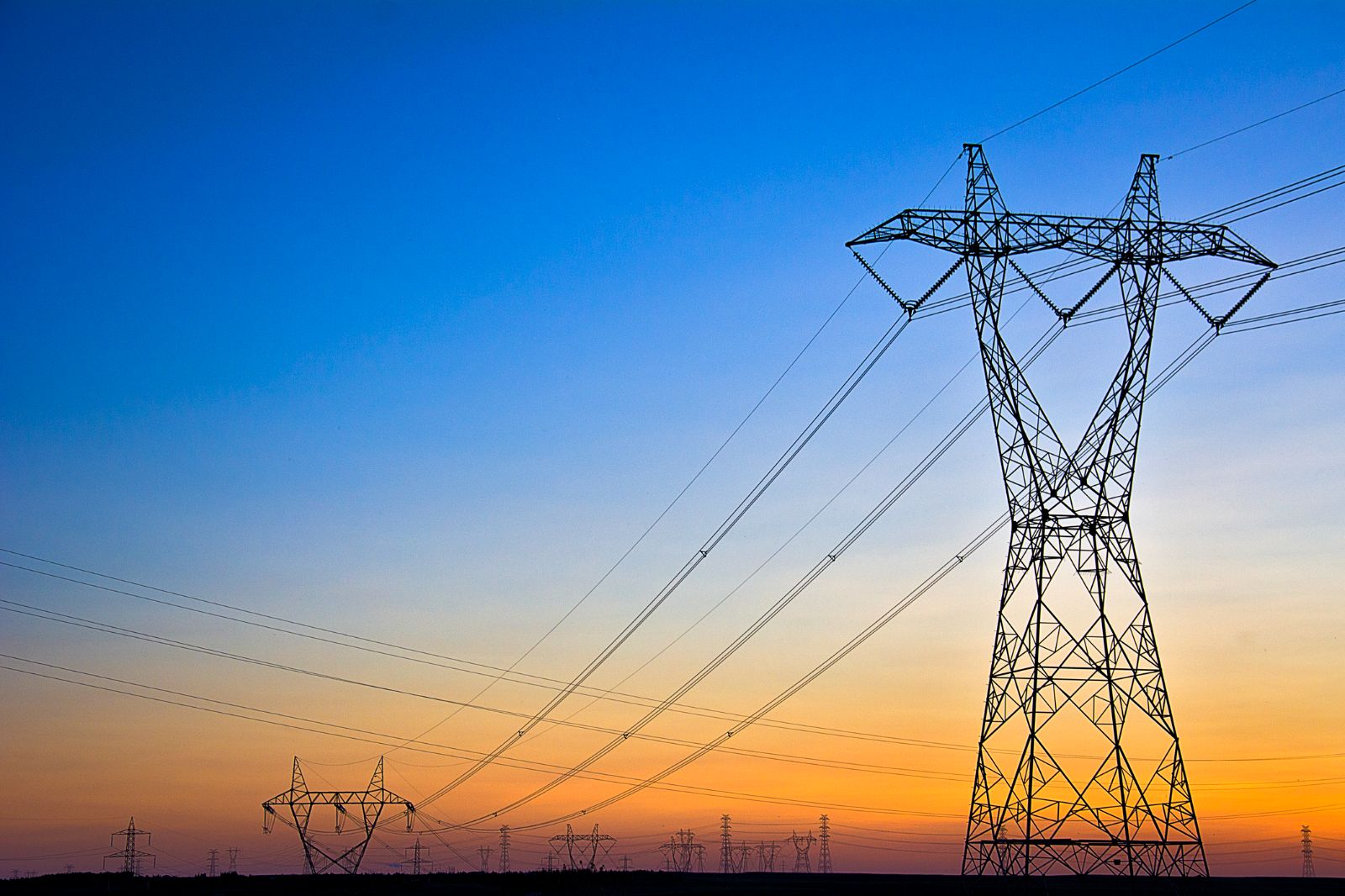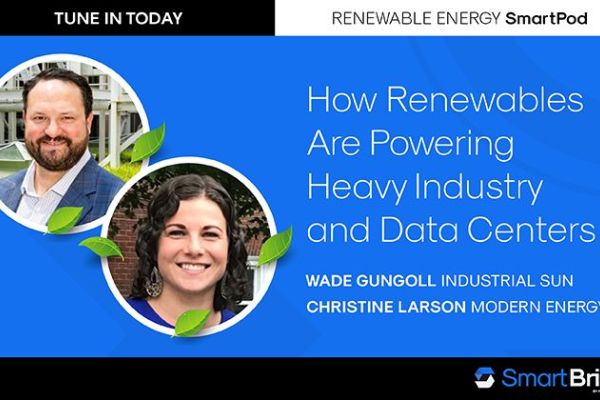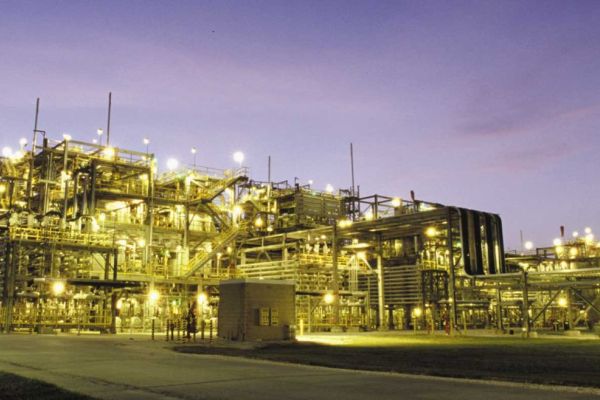Procuring power closer to load helps bypass grid congestion. Here's how.
Insights
Jan 17, 2025
Written by Haris Rafiq

As the 20-year anniversary of CREZ approaches, old challenges have become relevant once again due to explosive electricity demand resulting from AI, ML, data center growth, and EV adoption.
In 2025, the Texas Competitive Renewable Energy Zones (CREZ) program turns 20. Back in 2005, predominantly wind farms in West Texas and the Texas Panhandle found themselves on the wrong side of grid transmission congestion. Texas launched CREZ to solve the problem by identifying areas with strong renewable energy potential and building transmission lines to connect these wind-rich regions to high-demand areas, like cities and industrial facilities.
Today, old transmission congestion challenges have become new again.
Soaring demand for electricity throughout the United States — driven in part by growth in artificial intelligence (AI) and machine learning (ML), data centers, and EVs — has created unprecedented grid congestion that has in turn led to ballooning prices and reliability challenges.
On the supply side, renewable projects are languishing in the interconnection queue and cannot come online fast enough. The massive queue of wind and solar capacity waiting to interconnect measures around 2.6 terawatts — nearly double the size of the current US electrical grid.
Transmission is the connective tissue between them, and there’s not nearly enough capacity (i.e., grid bandwidth) to handle it all. Grid operators must figure out ways to upgrade the grid to deliver the needed capacity. But that’s a notoriously slow process that can take years or even decades.
In the meantime, large customers need cost-effective, reliable, clean power. They can’t wait. And they can’t afford to price in transmission congestion to their all-in power bills and power purchase agreements (PPAs). Which is where net-metered industrial solar comes in. Procuring solar proximate to an industrial facility’s electricity load improves PPA economics and reduces exposure to escalating costs associated with transmission grid congestion fees.
As CREZ turns 20, let's take a closer look at these issues, how Texas addressed them in the nascent days of CREZ nearly two decades ago, and how procuring clean energy closer to load can bypass some of those challenges today.
ERCOT’s example highlights importance of adaptation
ERCOT is both a shining example of successfully addressing transmission congestion challenges, and now also finds itself on the front lines of renewed problems.
ERCOT found success between 2006 and 2014 by implementing CREZ in West Texas and the Texas Panhandle. These wind-rich regions are prime locations for building transmission capacity to South, Central, and North Texas in order to deliver that wind energy to Texas demand centers such as cities and industrial facilities.
The CREZ project successfully slashed wind curtailment by building over 3,600 miles of new high-voltage transmission lines, effectively connecting wind-rich areas to major demand centers. This expansion led to lower wholesale electricity prices, and minimized disparities in locational marginal pricing (LMP) across ERCOT’s nodes, ensuring more consistent pricing throughout the system.
That was then. Times have changed (and are continuing to change).
Despite the resounding success of CREZ in its initial goals, the rapid growth of renewable energy in Texas has outpaced transmission capacity improvements, leading to new curtailment and reliability challenges. For instance, wind and solar curtailment in ERCOT is forecasted to more than double between 2022 and 2035, according to EIA and ERCOT estimates. On top of that, other transmission corridor congestion — especially between San Antonio in South Texas and Dallas-Fort Worth in North Texas — are threatening basic reliability of the Texas power grid.
As a result, transmission demand charges are starting to dominate industrial power bills. For facilities using gigawatts or even terawatts of energy, those cost burdens become massive quickly.
Avoiding grid congestion improves PPA economics and reduces cost exposure
With those challenges as a backdrop, the urgency to innovate solutions to grid congestion has only grown. Far-flung renewable projects distant from an industrial facility’s load end up on the “wrong side” of transmission systems, relative to the industrial facility’s location. Throughout ERCOT’s network, locational marginal prices at nodes and settlement hubs can vary widely. This gets priced into direct and virtual PPAs as basis risk, negatively impacting overall PPA economics for classic utility-scale wind or solar.
In tandem — and independent of VPPA pricing — ERCOT transmission system costs get allocated to customers, including industrials, via demand charges on their utility power bills. PPAs for “distant” wind and solar projects cannot net against demand an industrial facility imposes on the grid, leaving the industrial power buyer exposed to demand charge increases.
As an antidote to both of these challenges, locally sited industrial solar that sits behind a common substation with the industrial facility eliminates the basis risk while also getting netted against the facility’s overall load, mitigating demand charges. In other words, proximate-to-load, net-metered industrial solar is a modern solution to a familiar problem by matching load and generation, and reducing wires and distance of wires between load and generator.
While we wish CREZ a very happy 20th birthday this upcoming year, we’re also looking ahead to a new era of large-scale solar built in industrials’ proverbial backyard.




